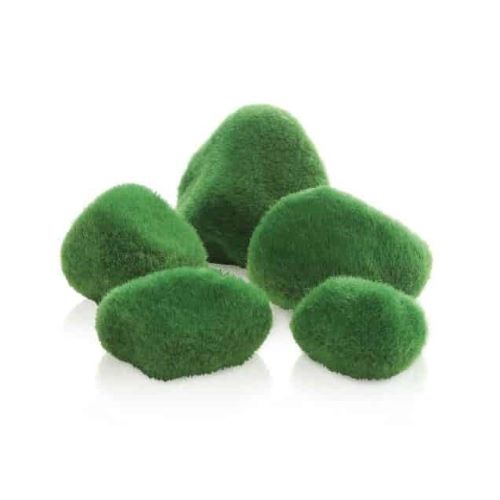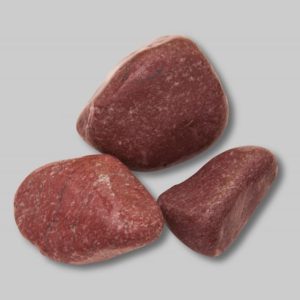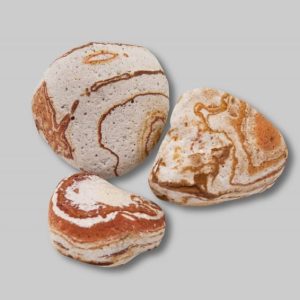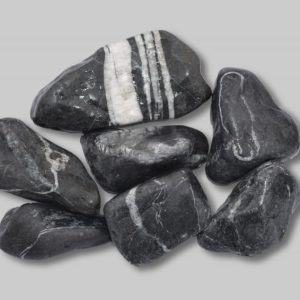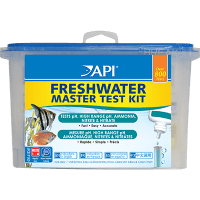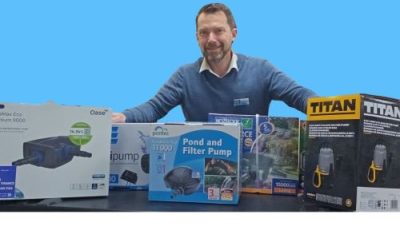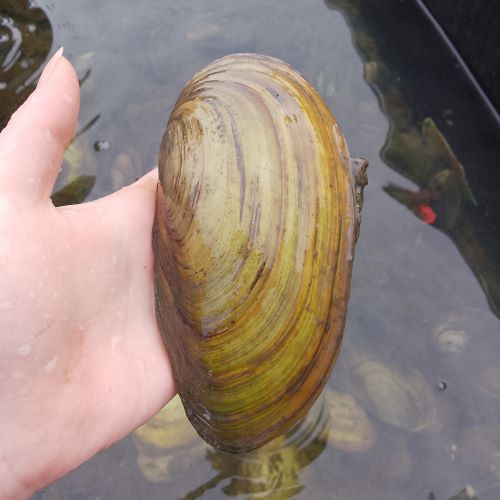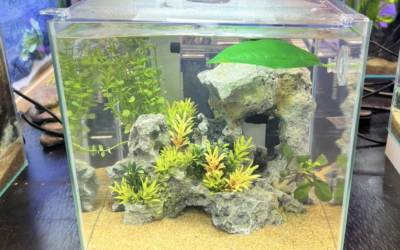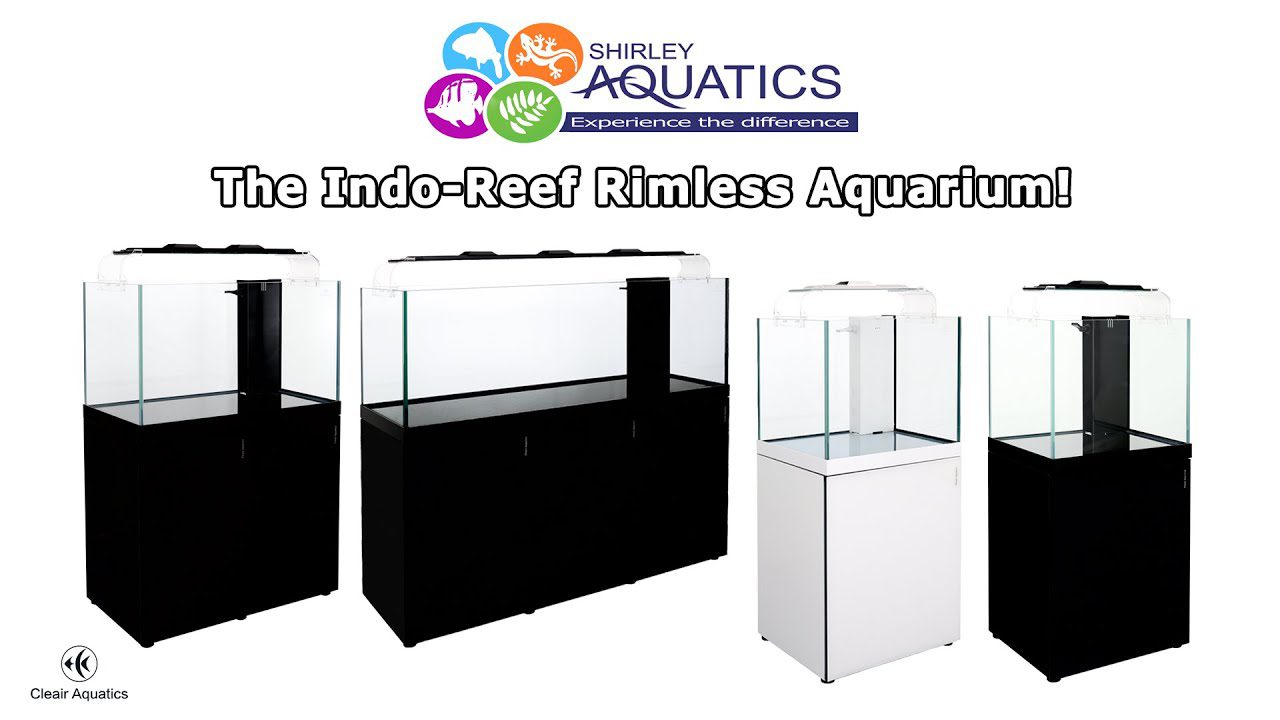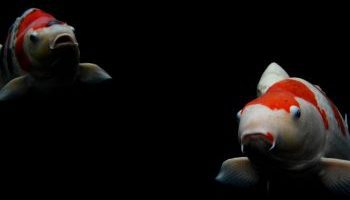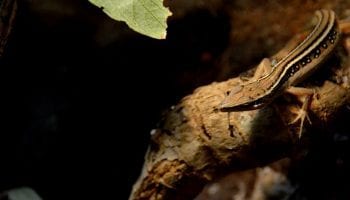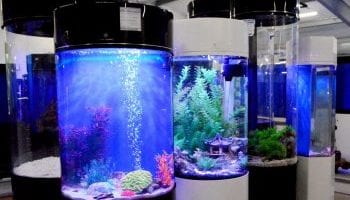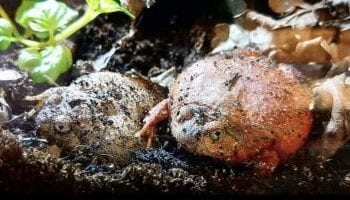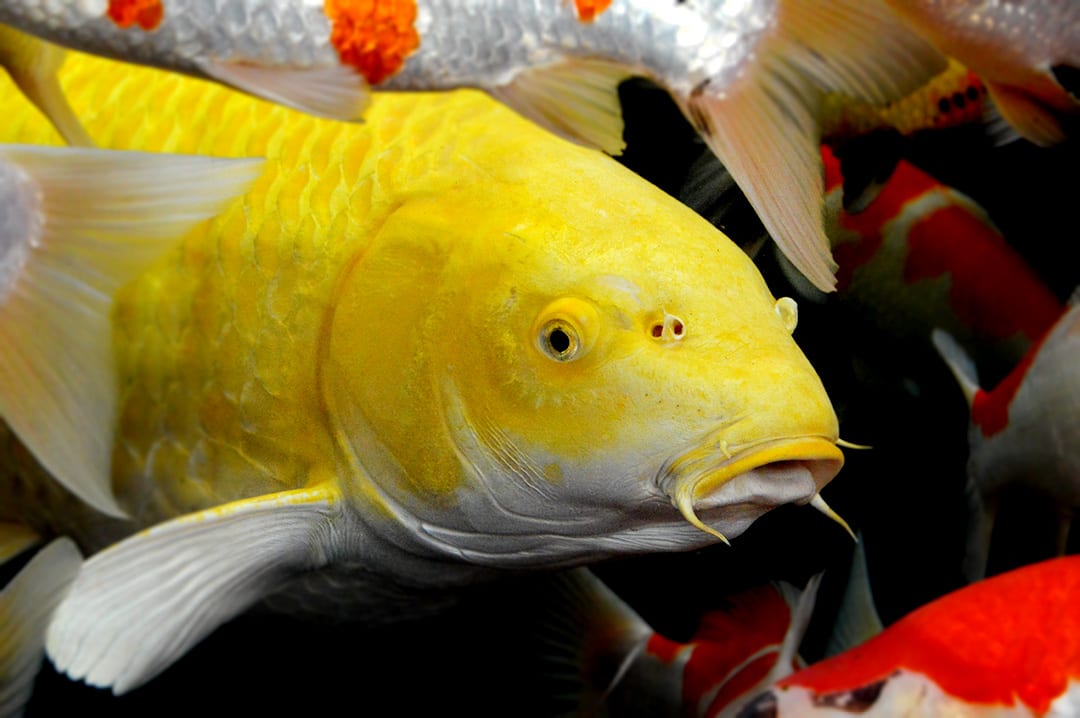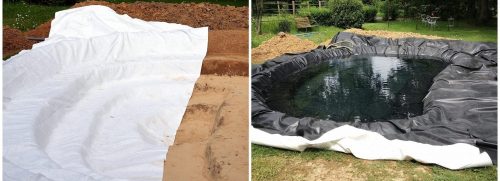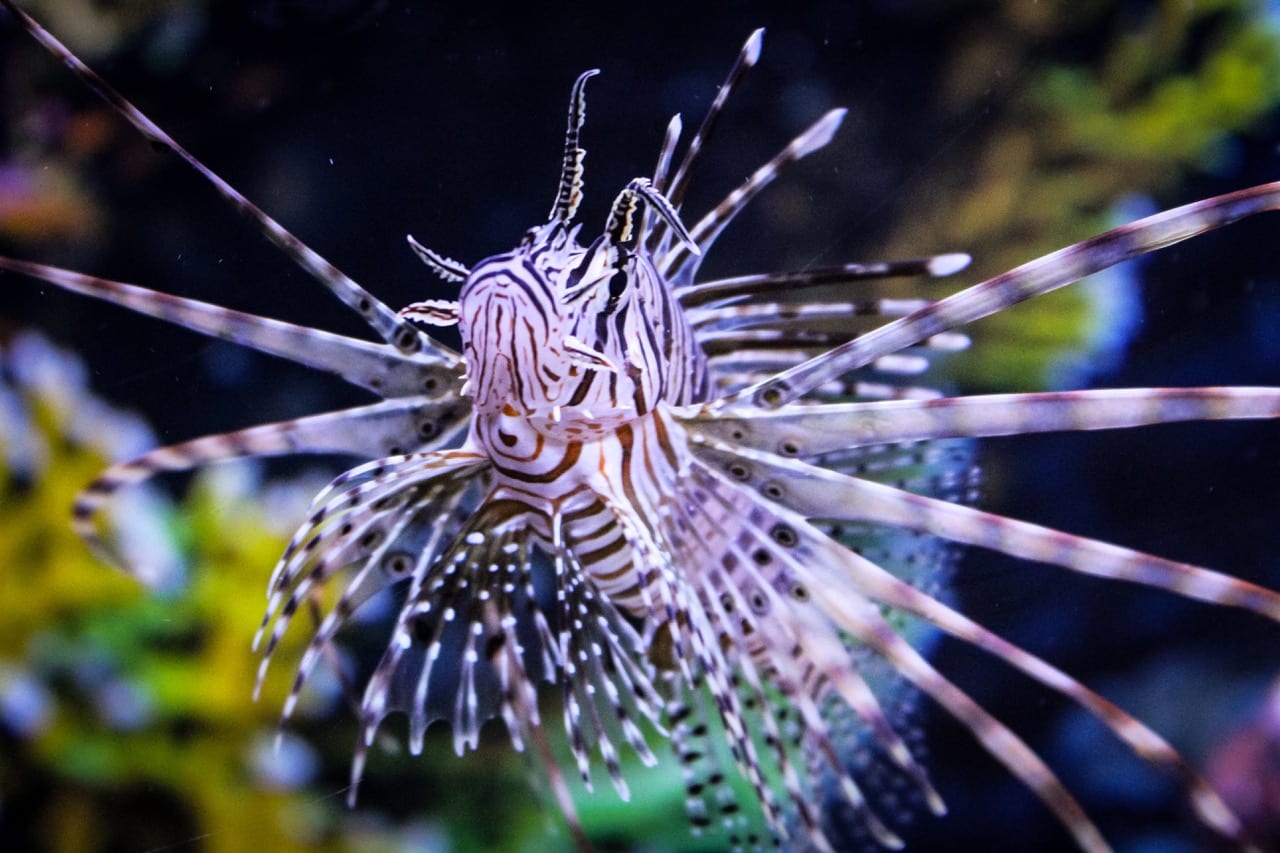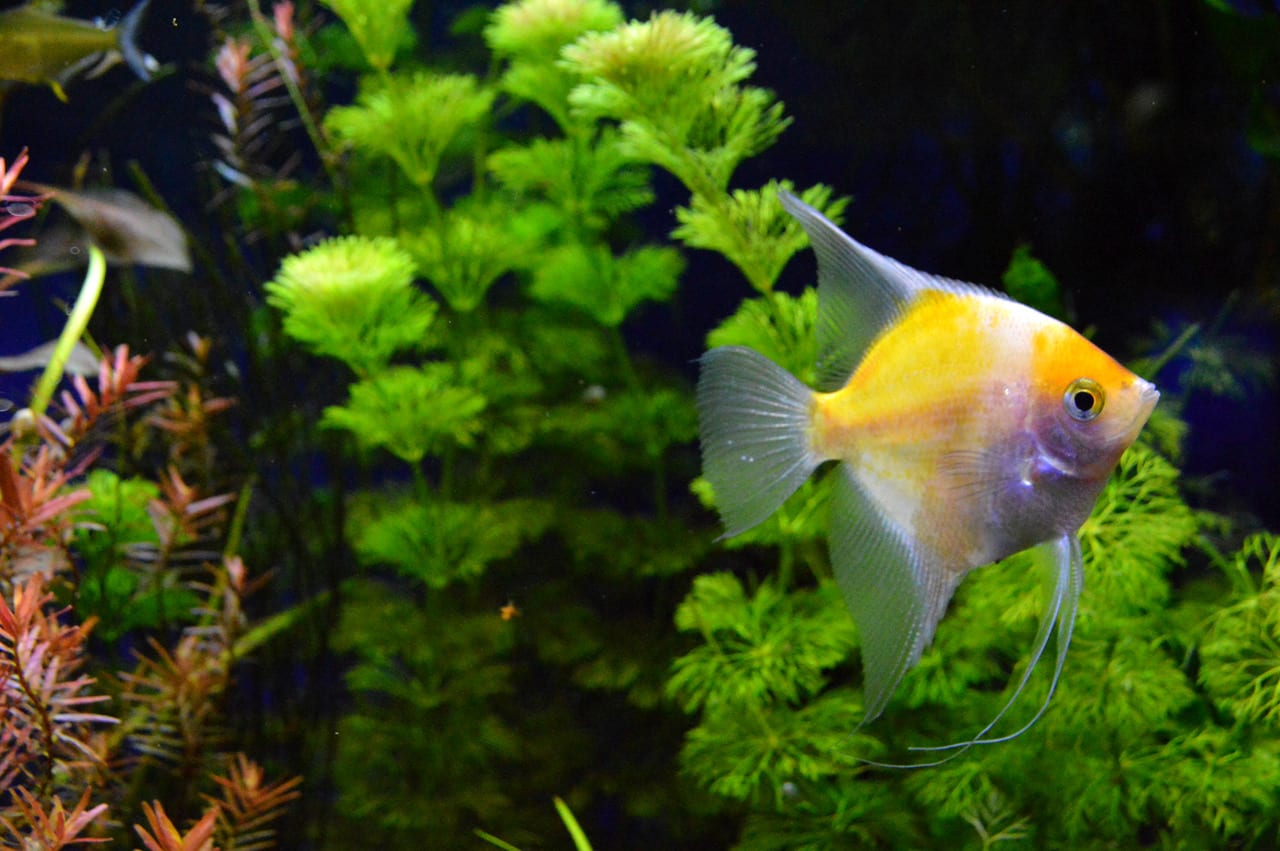Top ten aquascaping tips for kids setting up their first tank.
Aquascaping is very popular with experienced fishkeepers and can seem very complicated. This top 10 guide to aquascaping for kids covers the basics that make your tank look great! If you’d like some more detailed, in-depth information check out our complete guide to aquascaping.

- Sand, gravel, or soil?
- Rocks and wood
- Small plants
- Big plants
- Water
- Fish!
- Feeding
- Lights
- Water changes
- Water testing
Sand, gravel, or soil when aquascaping for kids?
The very first thing to go into your tank is your ‘substrate’. The stuff at the bottom. Your choices are sand, gravel, or soil with the bonus option of combining them together.
What does it do?
Your substrate provides a few things for your tank. Something for you to plant into, a more natural environment for your plants and fish, and a place for your bacteria to grow. Bacteria may sound like a bad idea but they’re very useful in fish tanks. Your filter will have loads of good bacteria in it and they help by eating all the stuff in your water you don’t want. We’ll talk about water testing later.
What should you choose?
We’d recommend at least some ‘active’ substrate for your aquascape – such as Fluval Stratum. This will help your plants grow! If you’d prefer a lighter colour on the bottom of your tank you can always put some sand or gravel on top! This can be a ‘natural look’ or fluorescent if you choose! There are some options to pick from below.
-
 Fluval Plant & Shrimp Stratum£9.99 – £34.99
Fluval Plant & Shrimp Stratum£9.99 – £34.99 -
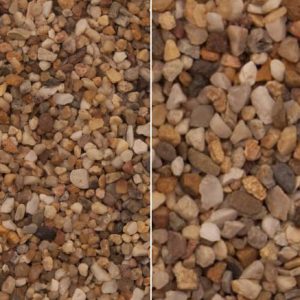 Aquarium Nordic Gravel£3.99 – £24.99
Aquarium Nordic Gravel£3.99 – £24.99 -
 Unipac Aquarium Black Micro Gravel 2-3mm£3.99 – £29.99
Unipac Aquarium Black Micro Gravel 2-3mm£3.99 – £29.99 -
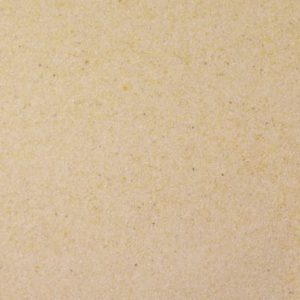 Aquarium Silver Sand£3.99 – £16.99
Aquarium Silver Sand£3.99 – £16.99
Our top tip
When you put your substrate in make sure it isn’t flat! Make slopes, dips, troughs, lumps and bumps to make it look more natural.
Rocks and wood – aquascaping for kids
After your substrate goes in you might want to include some rocks or wood. They can make an aquascape look great! There are a few things to remember when you add them to your tank.
Firstly, you can’t just choose any rocks or wood you spot in the garden! Many of these will introduce problems into your aquascape!
Aquascaping for kids – rocks
Rocks are a bit easier than wood. They take less preparation if you’re using real rocks. Remember you can always use artificial rocks if you prefer, but many prefer to keep it natural. Before putting rocks into your aquascape make sure they’re clean. Hot water and an old tooth brush should do the job. Remember, don’t use any soap like washing up liquid for this!
You can use pebbles or larger stones and rocks that we have in store.
Wood for kids aquascaping
Wood is a little bit tricker. You need to soak it in water to let it ‘leach’. Leaching is where lots of colour comes out of the wood. This wont necessarily harm anything in your tank, but it will discolour your water – making it hard to test properly and even harder to see through!
The process is simple but takes a bit of time. First, select your wood. Again, not out of the garden! Come and get some from us in store! Next, sink it in a bucket of water for a week. Then pour the water away and repeat the process until the water you pour away is colourless. After that dip the wood into boiling water to cleanse it and pop it into your tank.
Our top tip for using wood in an aquascape
The wood will have to be saturated in order to sink so make sure it’s wet through!
Small plants
Aquascaping for kids doesn’t mean you should skimp on the plants! The basic rules for planting a tank are that you plant smaller, shorter plants at the front. Taller, larger plants at the back.
For smaller plants it can be easier to use potted options rather than bunched. These plants can just be pushed into your substrate and planted as they are. You’ll likely only need a couple. You can remove them from the pots if you, too, if you want to try and spread the plants around a bit more. If you are
Some great options are;
-
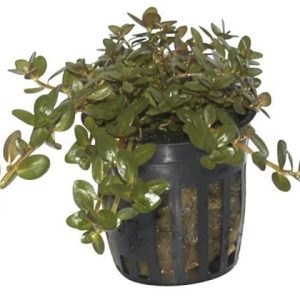 Rotala Rotundifolia Pot£4.50
Rotala Rotundifolia Pot£4.50 -
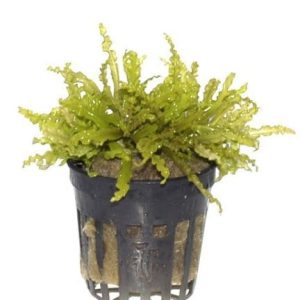 Pogostemon Helferi Pot£4.50
Pogostemon Helferi Pot£4.50 -
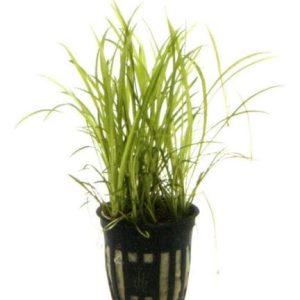 Echinodorus Tenellus Pot£4.50
Echinodorus Tenellus Pot£4.50
Big plants
The taller and bigger plants go at the back of your tank. Bunched plants can work well for this. Again, there’s no need to do anything more than push them into your substrate. Plants provide so many benefits to an aquascape. They absorb nutrients and bad elements in your water. This stops algae and helps keep your tank healthy!
Bigger plants require more of these nutrients so making sure you have fish in there with them will help them grow. They’ll love the nutrient-rich fish poop!
Here are some options for bigger plants;
-
 Straight Vallis Bunch£2.49
Straight Vallis Bunch£2.49 -
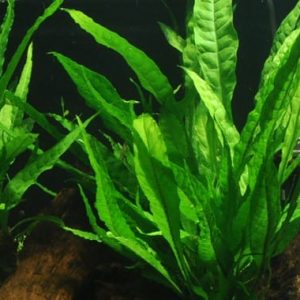 Microsorum Pteropus Java Fern£2.49
Microsorum Pteropus Java Fern£2.49 -
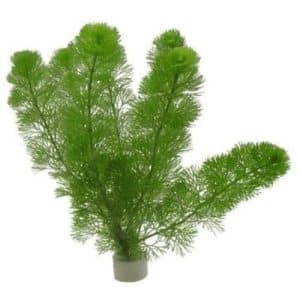 Cabomba Aquatica Bunch£2.49
Cabomba Aquatica Bunch£2.49
Aquascaping for kids – Water
Aquascaping for kids is a great opportunity to learn a bit of science without having to sit through it at school. With your aquascape at home you can use test kits that change colour, learn about what else is in water, and how to change things in your water to make it safe for fish!
Good water is the most important aspect of fish-keeping. If fish can’t live in your water it doesn’t matter how much food, light, or love you give them – they won’t survive.
Luckily, a lot of the hard work involved in keeping great water is done for you if you take care of your filter and plants. The one element that is complete up to you is dechlorination. This means adding a product to the water you put into your tank when you fill it up that removes the Chlorine.
You’ll probably have heard of Chlorine as the thing that makes your eyes sting in swimming pools – it’s there to kill germs. The problem is that it’s in our tap water and it’s dangerous to fish – so you need to get rid of it. Luckily, that’s very easy. Here are some of our dechlorinators;
-
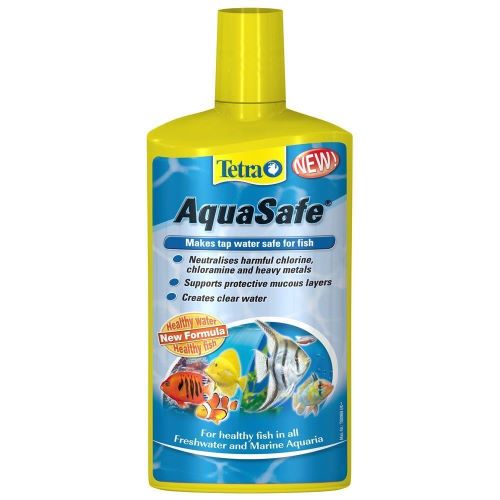 Tetra Aqua Safe Chlorine Remover£2.09 – £12.99
Tetra Aqua Safe Chlorine Remover£2.09 – £12.99 -
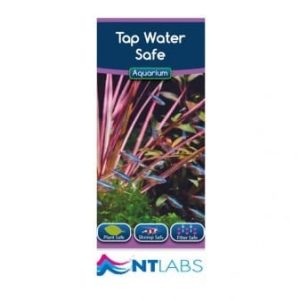 NT Labs Aquarium – Tap Water Safe£5.49
NT Labs Aquarium – Tap Water Safe£5.49
Our top tip for dechlorination
Remember to check the dosing of your chosen dechlorinator so you put the right amount into your tank!
Fish – aquascaping for kids
The main attraction of this whole process when kids start a tank is usually the fish. Knowing what you can have in your tank, which fish get on well together, and how difficult they are to look after are often the main concerns.
What fish can go in an aquascape?
Almost anything you like! It’s more a case of how many fish is your tank size suitable for. The general rule is 1 inch of fish for every 4 litres of water. So, divide the size of your tank by 4 and that’s how many inches of fish you can have. Remember, your fish will grow so know how many inches of fish you will have when they’re fully grown, not how many you have to begin with!
For example, a 60 litre tank can hold 15 inches of fish. Most Tetras never get any bigger than around an inch long so you could have 15 of them. It’s also important to remember that fish are animals and they create waste. Making sure your filter and plants are kept in good order to help deal with this is very important if you want to keep all of your fish!
Putting fish together
Some fish aren’t very good in communities and will attack others. In general, for a new fish keeping avoid Bettas (Siamese Fighting Fish), Angelfish, Oscars, Cichlids, or Red Tail Sharks. These are either aggressive or will grow too big. Angelfish will get up to 6 inches long but can be taller than that, too.
Tetras, Guppies, Mollies, Corys, Otocinclus, Platies, and Rasboras are all suitable for starter aquariums and aquascapes. Otocinclus, in particular, are great for aquascapes as they love to eat excess algae off plants!
Add your fish to your tank after the third or fourth week of setting up. Your tank will be going through a lot of cycling and changes with big water changes initially, you don’t want to stress the fish unduly.
Food for your plants and fish
Aquascaping for kids must follow some of the same rules as for the masters. Feeding what’s in your tank is definitely one of them!
Feeding your fish
The better quality fish food you use the better your fish will look, the healthier they will be, and the less waste they will produce. We use probiotic fish food in our fish room – that’s what gives our fish their incredible colours. It’s not, as some customers often suspect, fancy lighting tricks on our part!
-
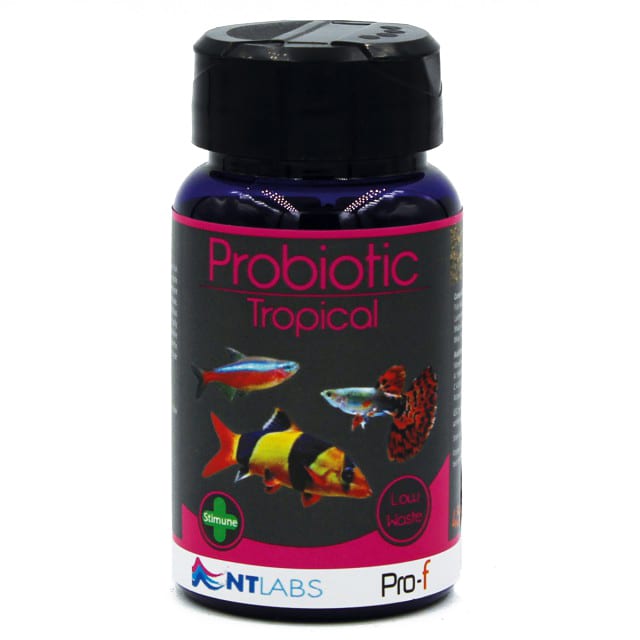 NT Labs Pro-F Probiotic Tropical Fish Food£3.99 – £9.99
NT Labs Pro-F Probiotic Tropical Fish Food£3.99 – £9.99
Feeding your plants
Over time your lights and the tank environment will provide plenty of food for your plants but it’s always a good idea to have some plant food handy. Either to get new plants started off or to supplement their usual food source.
-
Product on sale
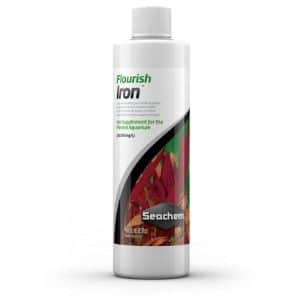 Seachem Flourish Iron Plant Supplement£6.99 – £10.99
Seachem Flourish Iron Plant Supplement£6.99 – £10.99 -
Product on sale
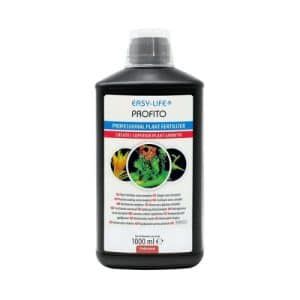 Easy Life Profito Plant Fertilizer£2.99 – £7.99
Easy Life Profito Plant Fertilizer£2.99 – £7.99 -
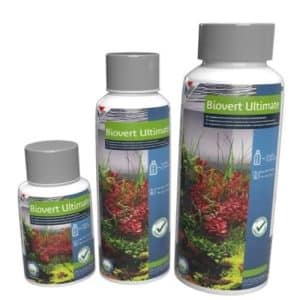 Prodibio BioVert Ultimate Growth Supplement£8.99 – £26.49
Prodibio BioVert Ultimate Growth Supplement£8.99 – £26.49
Our top tip for feeding plants
If you’ve got a plant with pinks, purples, and reds in them but the colour begins to fade you can pep them back up with a fertilizer that is rich in iron, like Seachem Flourish above.
Lights in aquascaping for kids
Lights are very important in an aquascape and aquarium in general! Most beginner tanks come with lights included that will do the job perfectly well.
All plants do well when you implement a routine with lighting. Your plants should have 8 hours of light per day from the tank light – it might be beneficial to buy a timer to put your lights on so you don’t have to remember to do this yourself. Some brands produce lights specifically designed to encourage plant growth that can be used with the existing light source. Ciano make one that slots into the lids of their tanks;
-
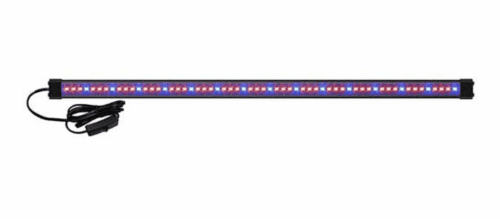 Ciano CLA60 Plant LED Light£31.99
Ciano CLA60 Plant LED Light£31.99
Gasses – Oxygen and Carbon Dioxide
Oxygen is vitally important to your fish and the Carbon Dioxide they produce is vitally important to your plants! You need plenty of both. The quickest and easiest way to get additional oxygen into your tank is to make sure the water returning from your filter disrupts the surface water of the tank. This increases the amount of oxygen in your aquarium.
Airstones are also great options. These can be placed wherever you like in a tank to provide oxygen either as hidden or buried hardware or built into tank decorations. Remember, you’ll need to buy an air pump and airline to link it all together but the effects are remarkable.
-
 Clear Air line£1.00 – £19.95
Clear Air line£1.00 – £19.95 -
Product on sale
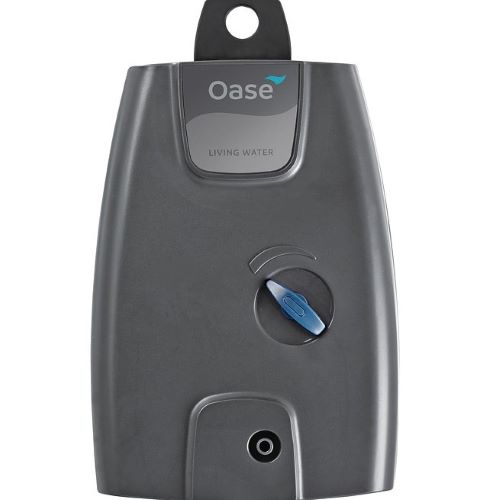 OxyMax Air Pumps£25.59 – £41.99
OxyMax Air Pumps£25.59 – £41.99 -
 Air Operated Coffin with Plants£18.99
Air Operated Coffin with Plants£18.99 -
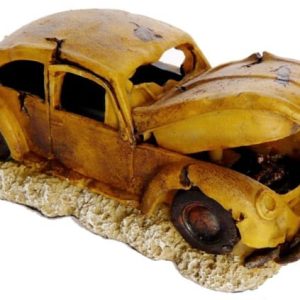 Air Action Beetle Car Ornament£7.99
Air Action Beetle Car Ornament£7.99 -
 Non Return Valves£1.99
Non Return Valves£1.99 -
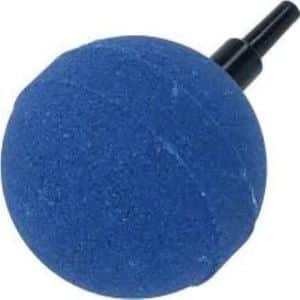 Large Ball Air Stone x 1£2.19
Large Ball Air Stone x 1£2.19
Our top tip – non return valves
Non return valves, like the one above, stop water getting into your airline and travelling back along it and into your air pump! A couple of pounds now can save you closer to £30 – £50 if your air pump gets water in it and breaks!
Carbon dioxide
Your fish will naturally produce carbon dioxide that your plants use as part of their photosynthesis. However, if you need more or you want to increase your levels then you can a carbon dioxide diffuser in your tank.
Diffusers are easy as you can set the output and leave it until the co2 bottle runs out, but big systems can be expensive.
-
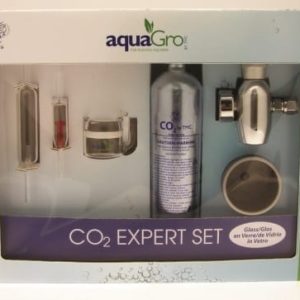 AquaGro CO2 Expert Set£79.99
AquaGro CO2 Expert Set£79.99 -
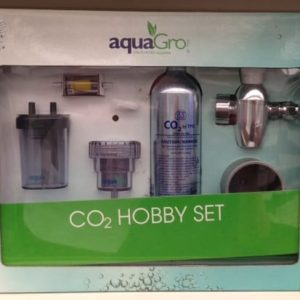 AquaGro CO2 Hobby Set£59.99
AquaGro CO2 Hobby Set£59.99 -
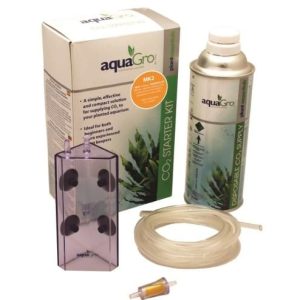 AquaGro CO2 Starter Kit£11.99
AquaGro CO2 Starter Kit£11.99 -
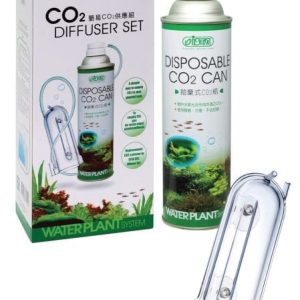 CO2 Basic Diffuser Set£9.49
CO2 Basic Diffuser Set£9.49
Water changes
Water changes are a big deal with aquascaping, particularly for the first few weeks. You’ll need to carry out a 50% water change every day for the first week, every other day for the second week, twice in the third week, and once a week from then on.
Water changes are simple. Siphon out 50% of the water in the tank through a bit of hose, refill from your tap and add your de-chlorinator. Pop in a bit of plant fertilizer each time to keep up the levels in the tank. Job done!
All you will need is a bit of pipe or hose and a bucket to catch the old water.
Water Testing
We recommend testing your water every week. Knowing how your tank behaves and the water parameters it sits within can help you see problems arriving before they become major issues.
The problem we see all the time, particularly with new fish keepers, is water problems taking them by surprise. The less water volume in your tank the quicker water issues spread. High nitrites in a 500 litre tank is much less of a problem than high nitrates in a 60 litre tank. This is because there is less water to buffer out the effects of the problem.
If you have a smaller tank it’s more important to test your water regularly and pay attention to the outcome. There are several options when it comes to water testing, we strongly recommend the master test kit. Even with you testing weekly this will last you about 2 years!
Video walkthrough on setting up a simple aquascape
Whilst we work on one of our own, check out Tommy from Green Aqua in Hungary’s video on the set up and what to expect from the first two months of an aquascape! The guys at Green Aqua are fantastic and create some beautiful ‘scapes.
Show us yours!
We’d love to see the aquascapes you come up with! Tag us on Facebook or Instagram!



